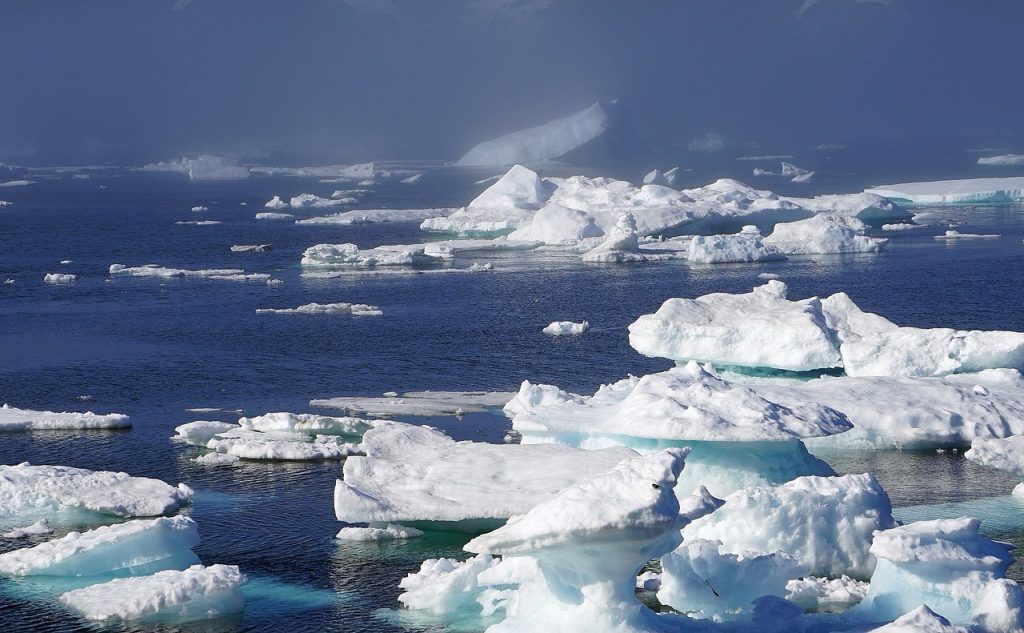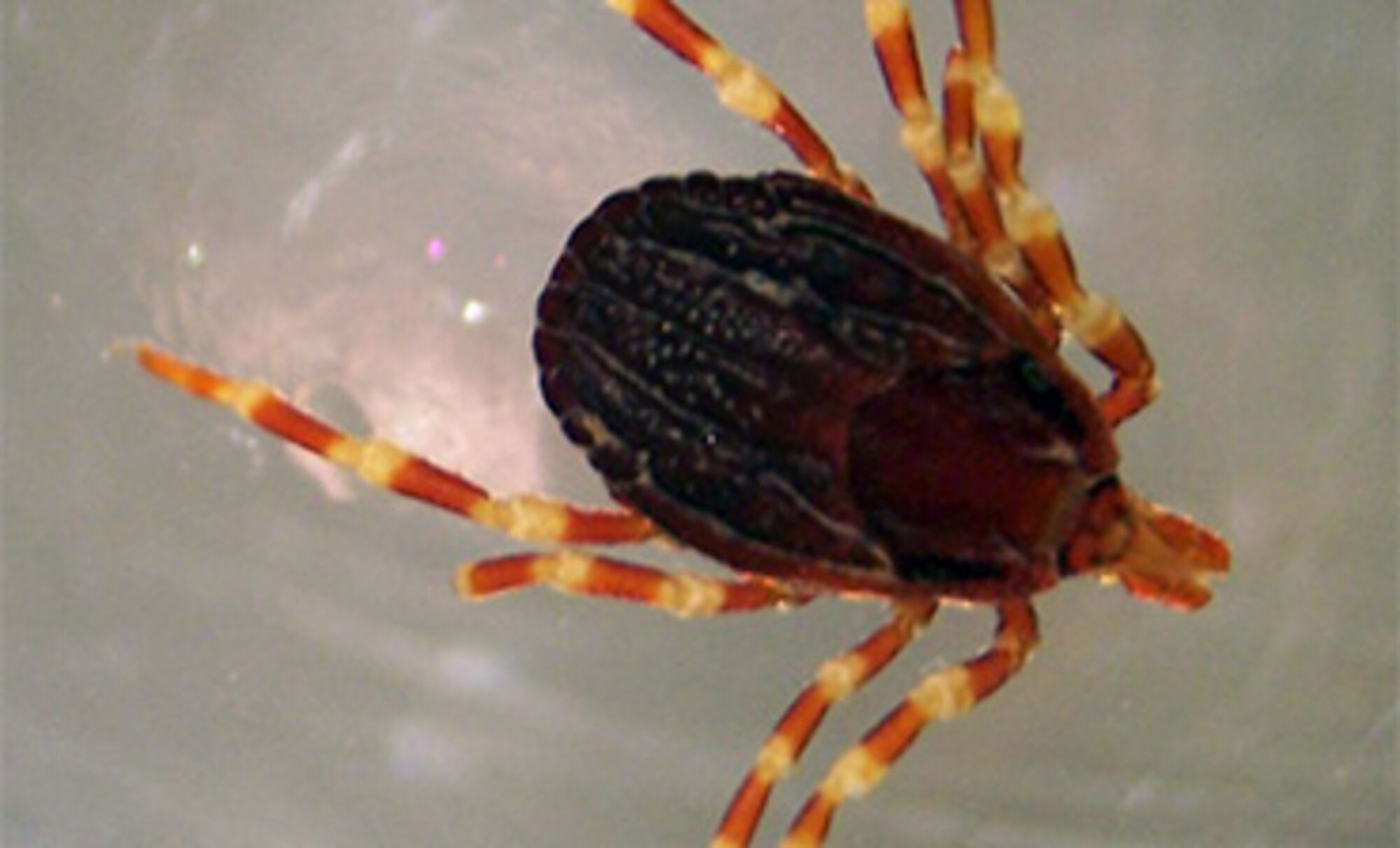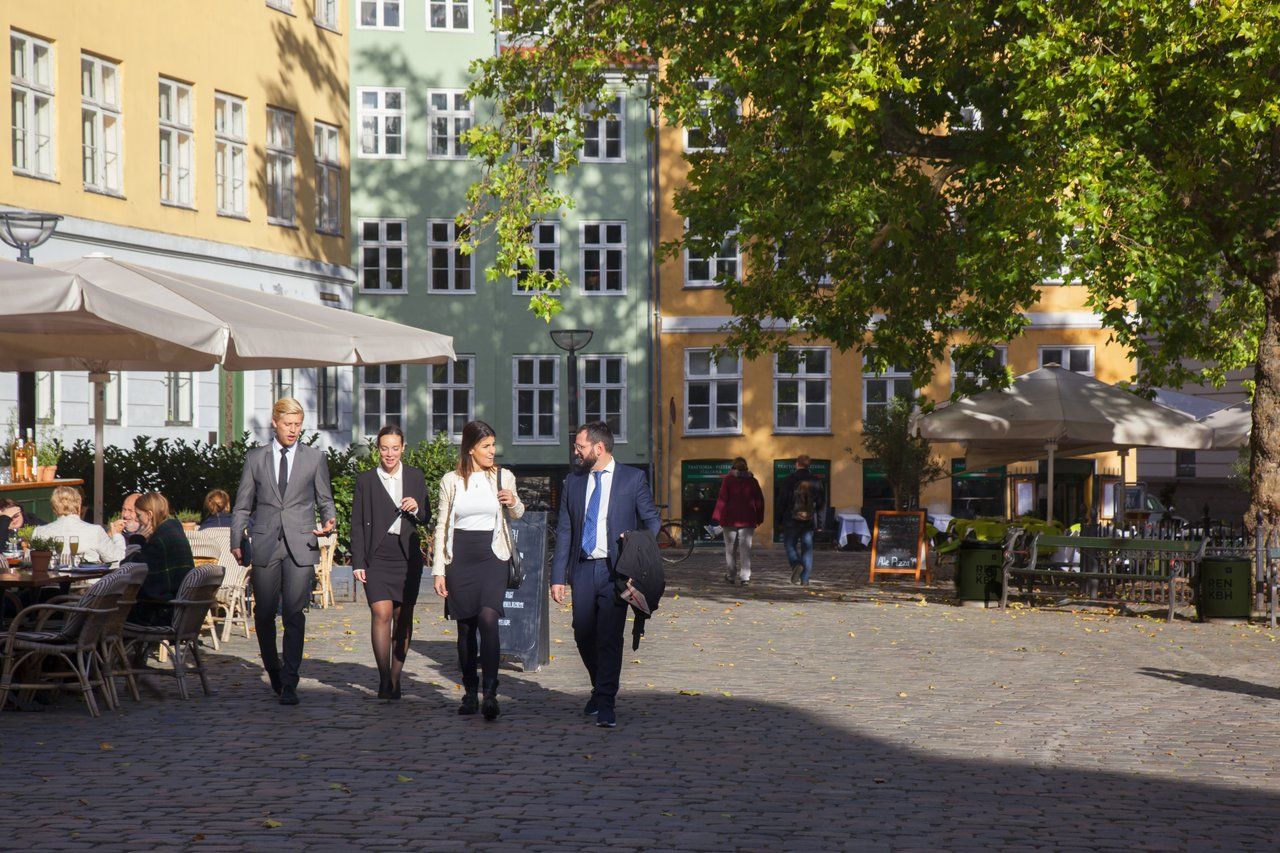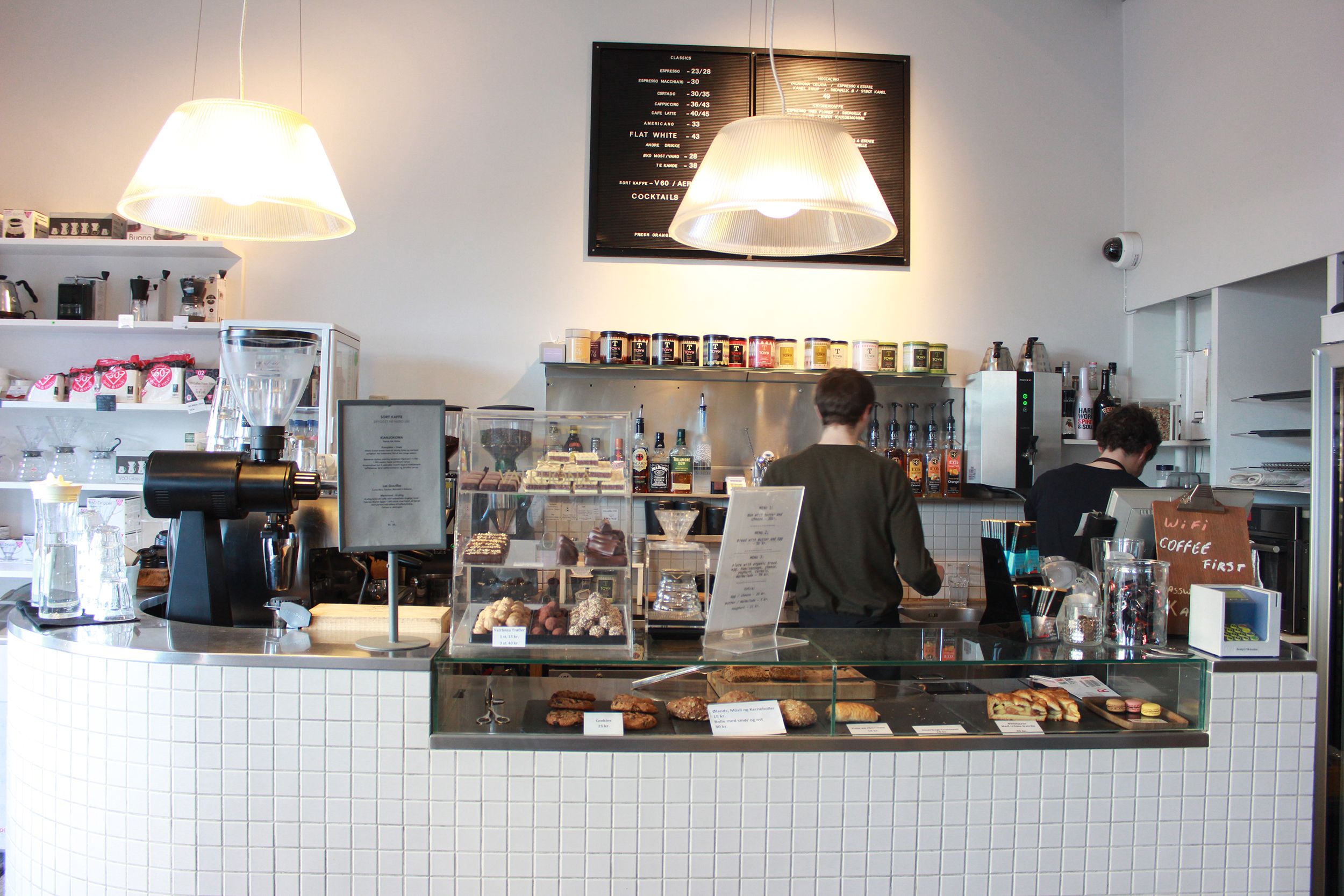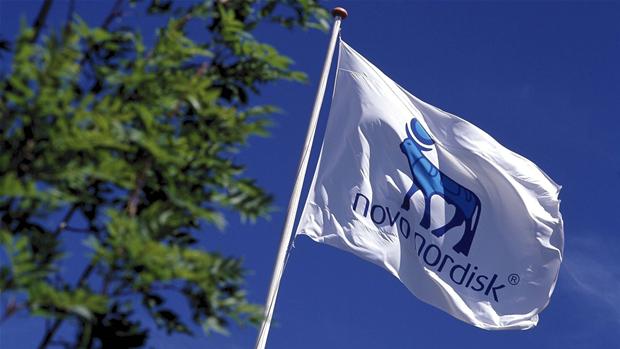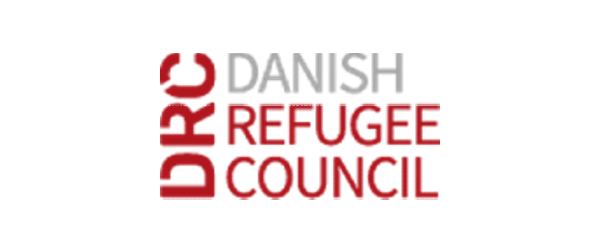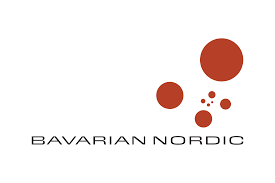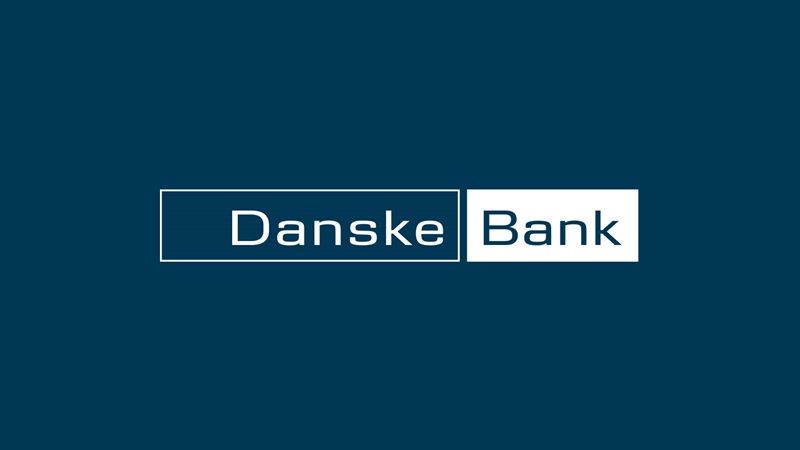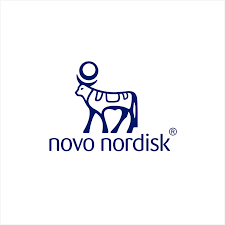When it comes to a showdown between the fashion world and Greenlandic hunters, your best bet would be on fashion. Whether it’s hoop skirts, platform shoes, jeggings or any other bizarre trend, fashion has always shown that it is no match for reason. That’s why Greenlanders aren’t going to get very far by arguing that their seal hunt is sustainable, or that it’s hypocritical to sell the skin of beef cows, yet ban the skins of seals caught for food.
But while fashion often defies reason, when it comes to the business behind it, the guiding principle is economic rationale, and in this case Magasin’s sales figures for the two products are all the proof it needs. Magasin sells hundreds of leather products. According to the chain’s spokesperson, there is no demand whatsoever for sealskin.
By banning the sale, the store’s management accomplishes two things. First, it frees up its shelves of a product no-one wants anyway. Second, it sends a signal to customers – and potential customers – that it is a company that is in tune with our no-fur times.
Rather than being hypocritical, as the one side argues, or “responsible”, as the opposing side, including the department store’s owners, argues, the reality is that Magasin is just making a smart business move.
Unfortunately for Greenlandic hunters appealing for fair treatment, this rationale means that it’s unlikely that Magasin or its parent company, Debenhams, would ban the sale of cow skin products until its overall sales started to suffer because it carried them.
Given that the EU’s ban on sealskin has an exemption allowing for the import of seal products from Inuit areas, there is certainly no legal reason why Magasin or Debenhams can’t sell sealskin. Should it come back into fashion, the stores would no doubt start stocking it again.
In the meantime, what’s a Greenlander to do?
The first thing is to look beyond the home market. Protesting in Copenhagen is a natural move, but even more productive would be to promote sealskin in places that have a relaxed attitude towards fur. At the most recent auction in Copenhagen – one of nine held each year – some 5 million mink pelts were sold – at an average price of just under 500 kroner. Whether rich people in China and other fur-friendly countries would be interested in sealskin is hard to say, but even switching a small portion of those mink purchases to seal would be a start.
The second thing Greenlanders should do is try to fashion a leisure suit from sealskin.


